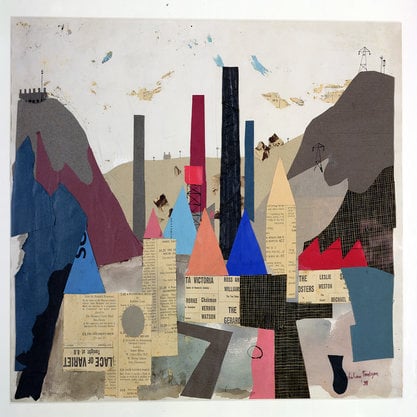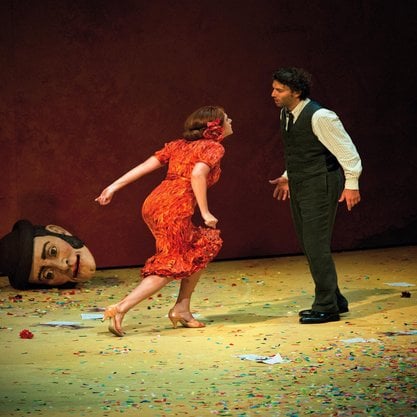Article
Roy, Jamini (1887–1972) By Xaviers, John
Article
Jamini Roy is considered one of the most important modern artists of pre-independent India. While proficient in Western academic realism, he completely rejected the style to adopt folk traditions such as the Kalighat patua. He mass-produced his folk-like paintings in a guild or kharkhana in order to reject the uniqueness of the modern art object, and to democratize the art collection process (he rejected bourgeois taste and buying habits). Roy invented his own folk-inspired form as an anti-colonial visual idiom. While an agnostic, he deliberately painted Indian religious or mythological themes as an antidote to the ideas of colonial art education. Adamant about the use of homegrown art materials, Roy often used tempera with tamarind glue as a binder. Roy painted Christian themes to test his ideas, and to see if the folk schema that he developed in his workshop could be used successfully in non-Indian religious contexts. Roy simplified his curvilinear painting method to such an extent that the indexical mark of his brush strokes could be replaced with the reproducibility of a schema in an art workshop. Such simplification has resulted in an upsurge of Jamini Roy replications. This, however, is a problem largely in the eyes of collectors, who hold the very bourgeois art ethos that Jamini Roy rejected while mass-producing multiple copies of his works.




